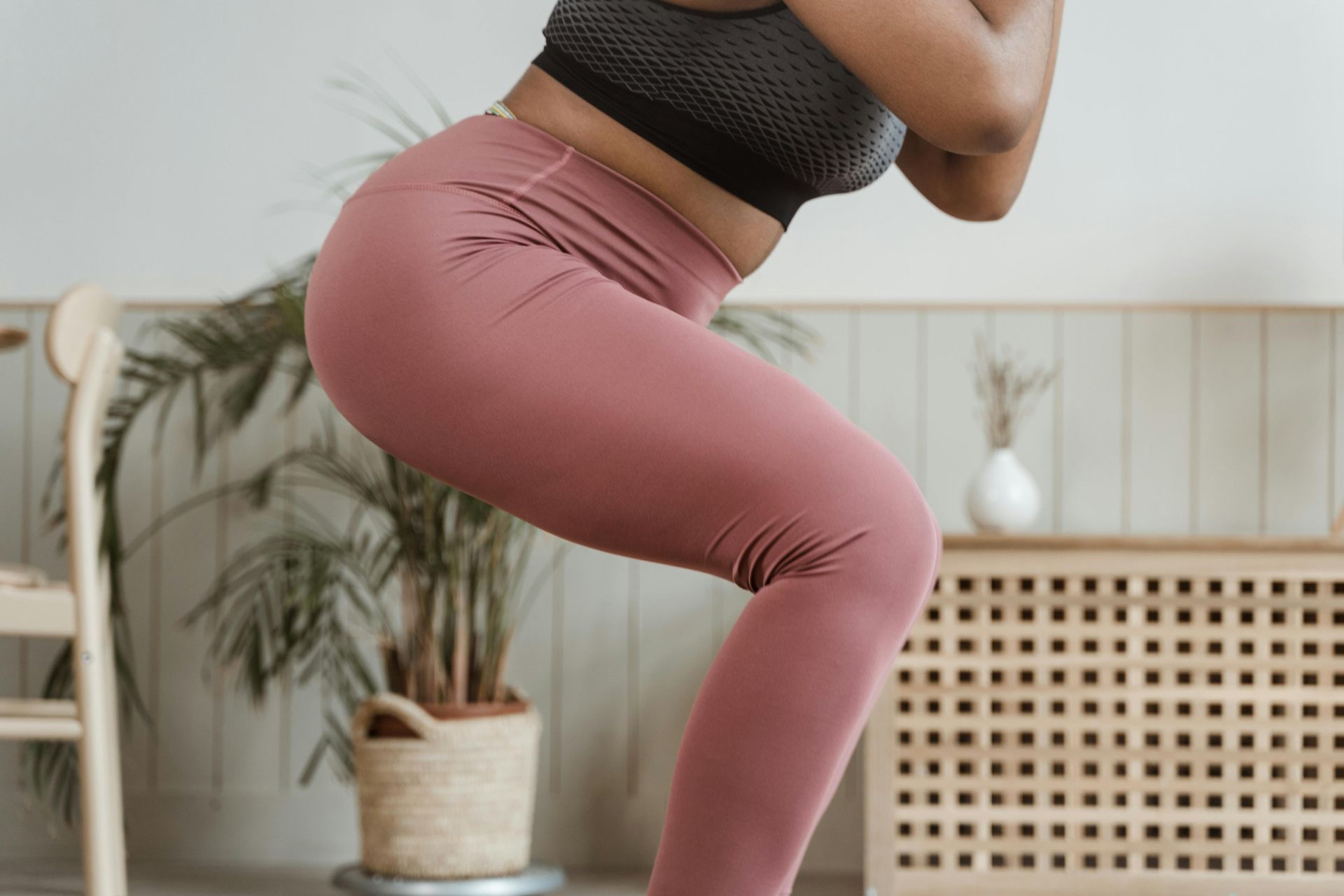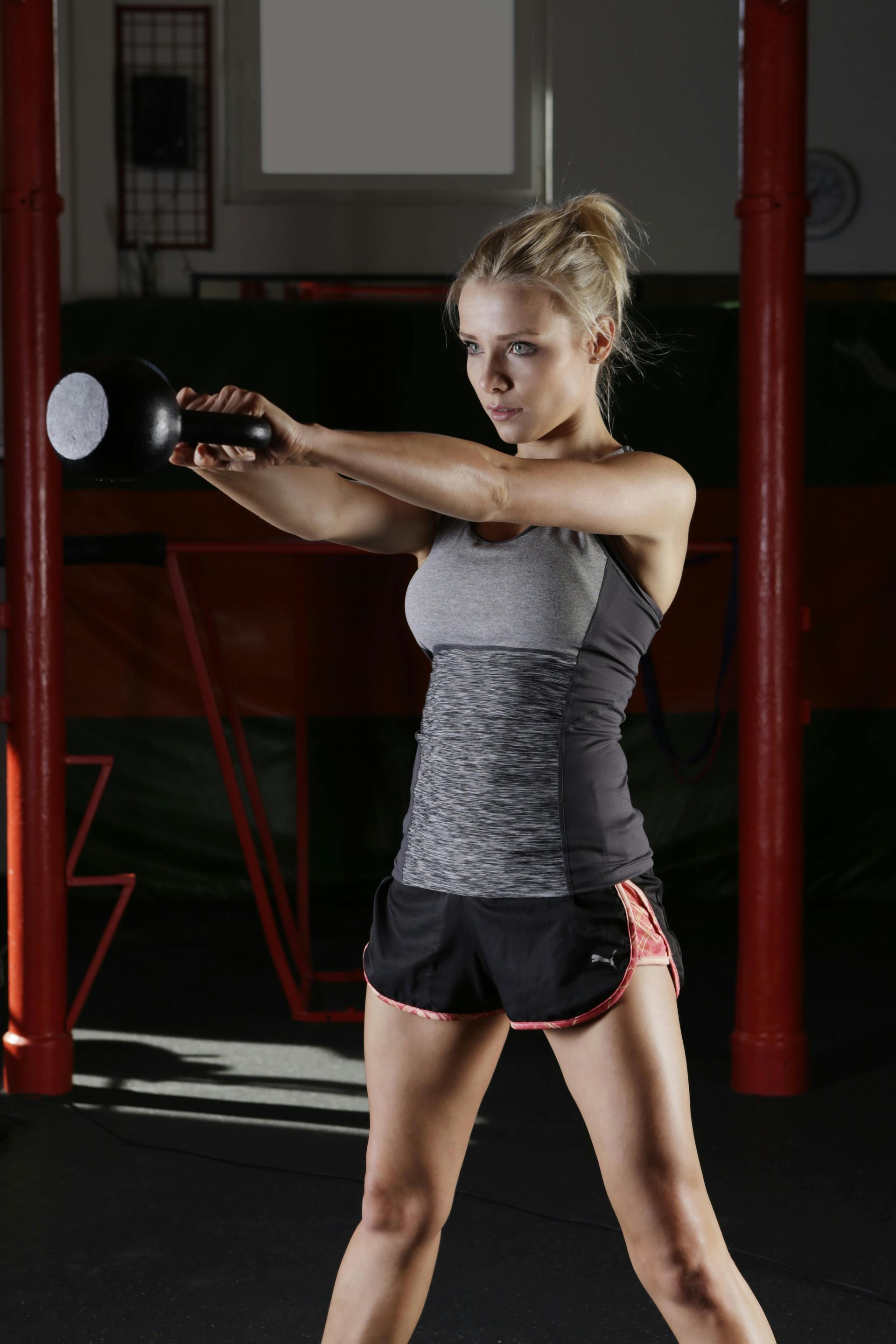Weak Upper Body? Check this out!
Jane Arlow • January 24, 2021
When was the last time you put any weight through your arms and shoulders?
How did it feel? Did it feel great? If you're shaking your head right now, then this is for you!
Before I start getting on to how we might make it feel better, let me share some of the reasons why it might not feel great..
Are you getting older?
Did you know that at some point in your thirties, you start to lose muscle mass and strength? If you're inactive, you'll lose between 3-5% a year. Even if you're active, you'll still lose some muscle mass. Sadly, in women, the place where we lose that muscle mass quickest, is the upper body and shoulders.
That means that it's super important that we don't let these muscles get away from us! Who wants to be the old lady who can't get up off the floor?!
Do you spend a lot of time at a desk, on your phone or tablet or in the car?
It's likely that you're rounded through the shoulders and tight through the chest. So, when you do put weight through your upper body, your posture may inhibit you doing it in the most effective way.
Do you feel it predominantly in your arms, wrists or shoulders?
Could be that your technique needs a little buff up!
OK, so let's get down to specifics, what can we do to make it feel better?
I have a few favourite exercises and stretches that are going to help you improve your ability to load weight through your upper body.
T to I
- Did you know that there are about 17 muscles attached to your shoulder blades? This exercise is designed to activate pretty much all of them. If you spend a lot of time hunched over desk/ phone, these particular muscles are not used to firing up and it's going to be hard. If you're new to them, try them unweighted first.
Renegade Rows - Similar to the exercise above, this targets the muscles round the shoulder blades. This particular version is done from a plank, but it can be done from all fours.
Open arm clam variations
- These mobility drills not only encourage you to stretch your chest muscles, but also encourage shoulder joint range improvements.
Chest & shoulder opener
- like the T to I, when you watch someone else doing this stretch, you'll think "what is that actually doing?". Try it.
Done all of those? Great, then let's talk technique.
When you're doing any exercises that involve you putting some weight through your upper body chances are that they require you to use other muscles too.
Let's take your bog-standard plank as an example. For this classic exercise, you need to use your abs, glutes, quads, pecs, deltoids, triceps and a cheeky little set of muscles called "serratus anterior" that can be found at the side of your ribs, just under your armpits.
How do you activate all of these?
Check out this cheat sheet
where I explain how to prep and diagnose your planking problems. You'll want to get someone to take some photos of your planks from side, front and top to identify where you need to pay attention. I promise that once you start focusing on the set up, you'll find that not only planks, but down and up dogs and other similar upper body loaded exercises will feel better.
Want some specific advice for your posture or technique? Contact me
and let me give you an expert eye over and help you to improve.

October's Breast Cancer Awareness Month and if you haven't done it recently, please let this be the nudge you need to give them a good feel up. Here 's a link to the NHS website below showing how to perform your check and what to look for. If you're one of my gentlemen readers, please don't think this doesn't apply to you. It does. Men can still get breast cancer. And if you find something that doesn't seem right, please contact your GP as soon as possible. 80-90% of lumps are likely to be benign, but for the small percentage of those that aren't, early detection and treatment are your best chances of having successful treatment and being around to annoy friends and family for a long time. Don't skip your mammogram I know having mammograms is really uncomfortable. But this is one of the best ways to check for cancers that aren't otherwise easily spotted. So if you get invited, please go. (And don't skip your smear test either!!!) Know your risk factors 1 in 7 women will get breast cancer in their lifetime. Here are some of the risk factors: - Age : older women are more likely to get breast cancer than younger women and age is the highest risk factor. - Genetics : Breast cancer risk is higher if you have first-degree relatives who've had it (although 85% of women with a relative with breast cancer WON'T get it). - Breast density (relates to the percentage of non-fatty tissue): the risk is highest for those with the most dense tissue. You can ask your radiographer to tell you whether you have dense tissue at your mammogram. - Lifestyle factors: These include having overweight or obesity, alcohol consumption, tobacco use and insufficient physical activity. - Exposure to endocrine disrupting chemicals: These "forever" chemicals, such as pthalates and parabens, show up in makeup and toiletries. Risk doesn't normally come from one exposure to one chemical, but from prolonged exposure to many different chemicals over a long period of time. You can read more about the risks here It's worth noting that even if you get a diagnosis, it's unlikely you'll ever know if there was "one thing" that caused it. What happens if you get a diagnosis of breast cancer? I am in no way competent to comment on the treatment plan your medical team recommend for you. Everyone I know who's had breast cancer has had a different treatment plan, depending on: the stage of cancer; whether it had spread further; whether it was hormone-receptive; whether it was due to genetic mutation; and the age of the woman. I do know that for all of us, it was a really scary time. You should be given access to resources outside of the surgical and oncology team, often via a Macmillan nurse, who can answer questions on topics from your treatment and reactions, to claiming for extra benefits. They're also great if you're not sure what questions to ask. While you're in the heat of the panic, it can be difficult to think clearly about what you need to know. Using "what should I be asking that I'm not?" is super helpful. Keep moving after your diagnosis, during and after treatment The one thing I can advise you on with all confidence, is to keep moving. Exercise is safe, possible and helpful for individuals with breast cancer, throughout the treatment cycle. In fact, international guidelines say you should try to get back to your normal activities as soon as possible. Exercise can help reduce the risk of cancer coming back; and may stop stage 1 cancers from growing further; and can also reduce treatment side effects like tiredness, cognitive impairment or lympoedema. Yes, you may need to dial back your usual activities if treatment leaves you feeling exhausted. But whenever you can, please aim for 150 minutes of exercise in every week. Many forms of treatment also lead to a higher osteoporosis risk, so please also do resistance-based and/or some impact-based exercise every week. I'd also recommend paying attention to shoulder mobility. Scar tissue and "guarding" of surgery sites can reduce your range of movement a lot. Check in with your medical team to confirm if there's any specific movements you should avoid during your treatment plan, and when you'll be signed off to go back to them. One last piece of advice someone else gave me... When you tell people you have cancer, a lot of them will have an opinion on your treatment plan. Especially if they're of the "my friend cured their cancer by just eating this one thing.." type. Unless this person is an oncologist, you can safely ignore them! So, what are you still doing reading this? Go off and give yourself a fondle!









